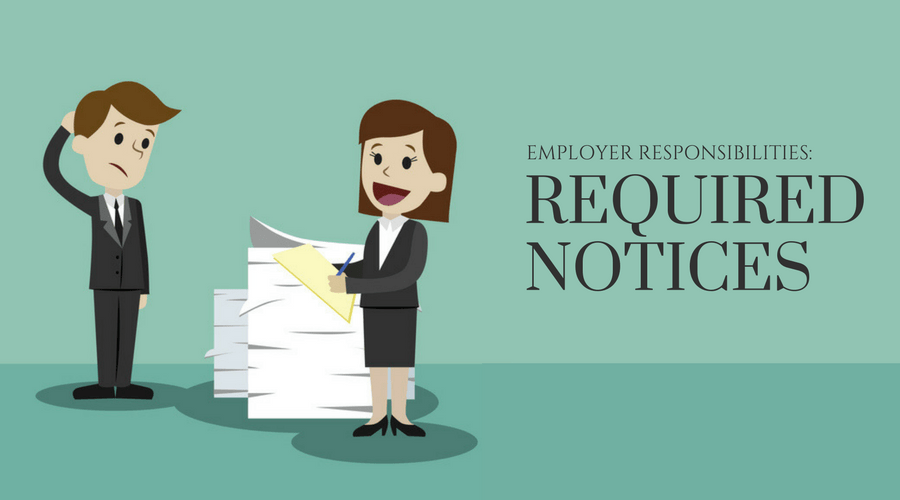Workful | Your Small Business Resource Blog
Having customer feedback and knowing what customers really think about your products or services are vital to improving your business to satisfy and retain customers. You’re too close to your business, so you may...
As an employer, you’re required to post specific notices in areas where your employees and job applicants can easily view them. Keep reading to learn more about standard posters employers are required to display....
When you hire a new employee, they’ll have to fill out a W-4, Employee’s Withholding Allowance Certificate. It’s important for you to understand a W-4 to answer any questions your employees may have. The...
When you’re hiring a new employee, it’s essential to start with a thorough job description, so candidates know what to expect before applying. Once you’ve hired someone for the position, you can use that...
Loyal customers are easier to sell to than new customers. The probability of selling to an existing customer is 60-70%, but the probability of selling to a prospective customer is only 5-20%. It also...
Before you start analyzing your small business’s financial health, gather your balance sheet, income statement, and cash flow statement. Then, you can start using these common ratios to analyze your company’s profitability, liquidity, and...
The typical person checks their email 74 times a day – three times as often as they check their social media accounts or messaging apps. Doesn’t it make sense to use email to reach...
This article was last edited on 1/9/2020. For updated information on Form 940, visit https://www.irs.gov/forms-pubs/about-form-940. The Federal Unemployment Tax Act (FUTA) tax and state unemployment taxes provide funds for unemployment compensation paid to workers...
Before you start your business, you will have to decide how to structure it. You’ll decide the business structure based on the needs of your company. After you decide your business structure, you’ll have...
If you’re buying supplies and materials on credit, it’s essential to keep track of your accounts payable turnover rate. Your accounts payable turnover rate tells you how many times per accounting period (such as...









